Queen Nefertiti Story
What's Become Of The Beautiful Princess Of The Nile ?

Great Queen of Egypt with legendary beauty and probable Mitannian princess, Nefertiti reigned alongside Amenhotep IV, Akhenaten, pharaoh reformer and one of the last of the eighteenth dynasty. Together they had several children whose elder is Merytaten. In 1350, probably falling out of favor and swerved by her competitor Kiya or possibly even deceased, people erases the name of Nefertiti from all Egyptian monuments and most of her statues are shattered. At the same time, a new female presumed character appears, Smenkare, whom takes the place of Nefertiti alongside Akhenaten. What has become of the beautiful Egyptian queen?
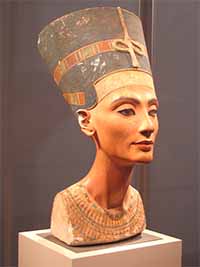
Mitanian or Egyptian?
According to some historians, Nefertiti, born Tadukhipa, was the daughter of a king of Upper Mesopotamia, Tushratta, who would've sent her to Egypt to marry Egyptian nobility. Arriving on the banks of the Nile, she becomes wife of Amenhotep III, then old, and then that of Amenhotep IV and takes the name of Queen Nefertiti which means "The Beautiful Woman has Come". Then aged 17, she emerges from the influence of her mother, Tiyi, and consecrates with Akhenaten to the veneration of Aten, sun god.
And they lived happily ever after...
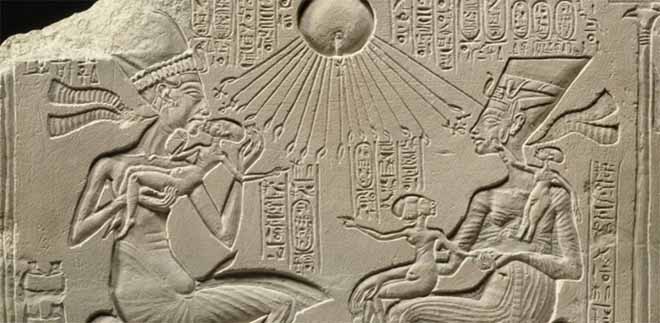
Known as the Amarna period of Ancient Egypt, Amenhotep IV, which then changes his name to Akhenaten, imposes Henotheist religion (the worship of one god, Aten) and moves the capital into the city of Amarna where he settles with Nefertiti. 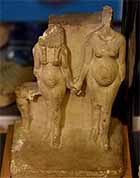 A peaceful sovereign, Akhenaten seeks to diminish the influence of the clergy and is interested in tender and relaxing works of art. Aten is a god of love, not of war.
A peaceful sovereign, Akhenaten seeks to diminish the influence of the clergy and is interested in tender and relaxing works of art. Aten is a god of love, not of war.
The sky darkens
Little by little, works of art begin to depict a radically different situation. Members of the royal family are strangely represented, their body often deformed and their belly swollen, as eaten away by disease. Something is wrong between Nefertiti and Akhenaten ...
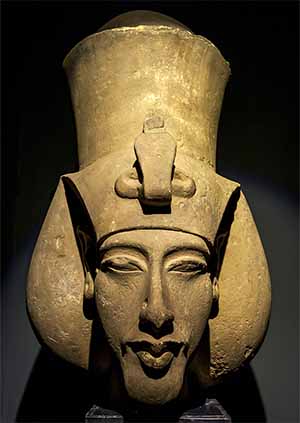
Who is this Smenkare ?
It is then that during the 13th year of Akhenaten's reign, Nefertiti suddenly disappears from public life. She is quickly replaced by Smenkare, who is represented with feminine attributes. For this reason, Egyptologists have speculated that Smenkare and Nefertiti were in fact the same person. But curiously, the tomb of Smenkare was discovered in the Valley of the Kings in 1907 and its sarcophagus contained the mummy of a young man, holding a posture reserved for wives of pharaohs. Theories assume that Akhenaten was homosexual and that he had a love affair with his son-in-law, husband of Meritaten. He would have chosen to leave Nefertiti who would've settled in a palace further north.
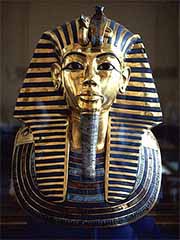
A new era
Following the deaths of the two rulers a few years later, Nefertiti, fearing that undertaken reforms during the reign of Akhenaten would be overthrown by his successor, chose to place a boy of 11 years of age on the throne, Tutankhaten. On the death of Nefertiti soon after and under a new influence, Tutankhaten took the name of Tutankhamen and restored the power of the clergy and polytheism before returning to Thebes.









































































































































































































































































































































